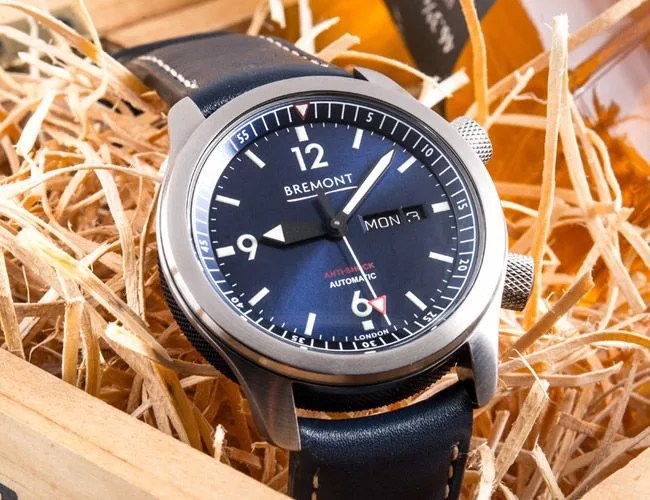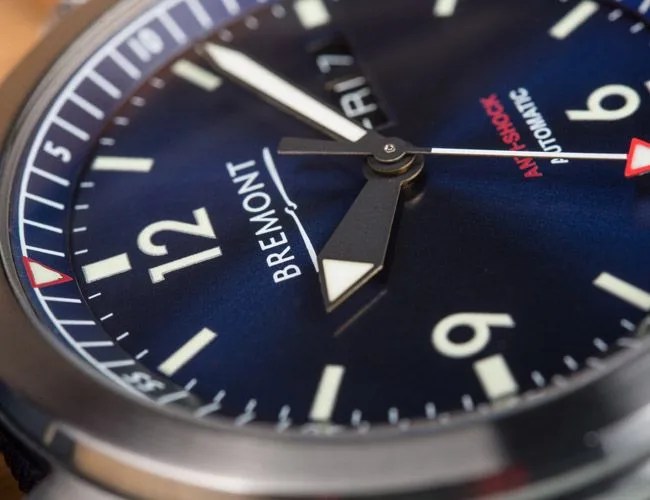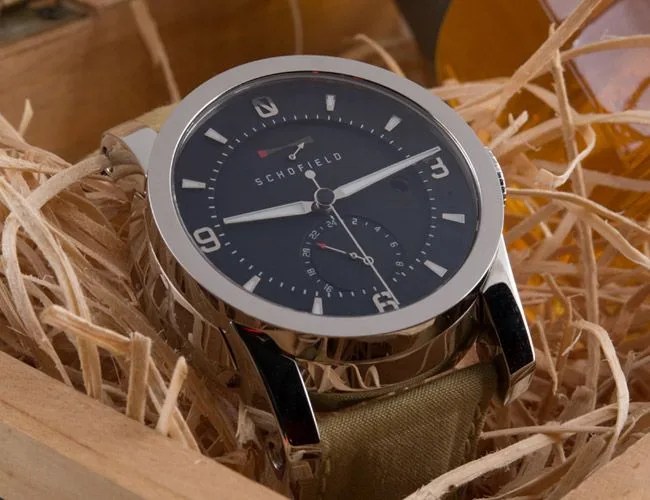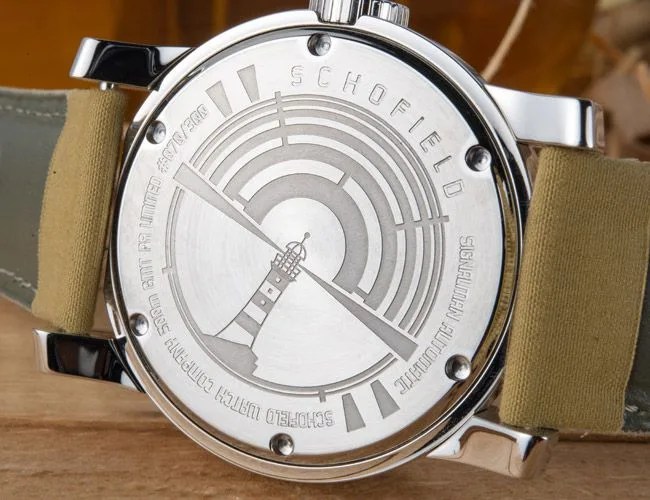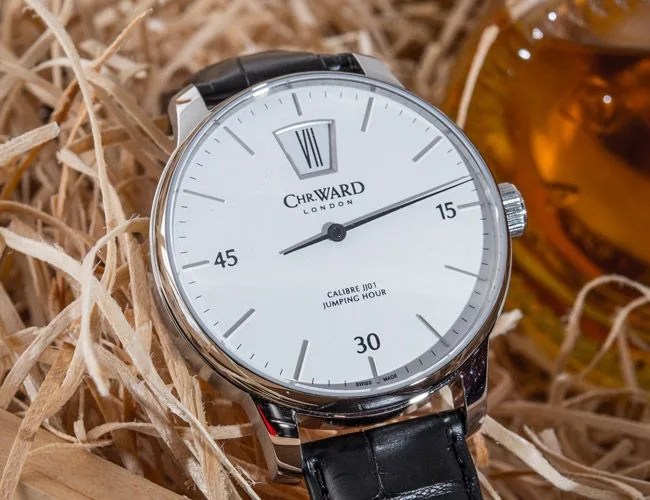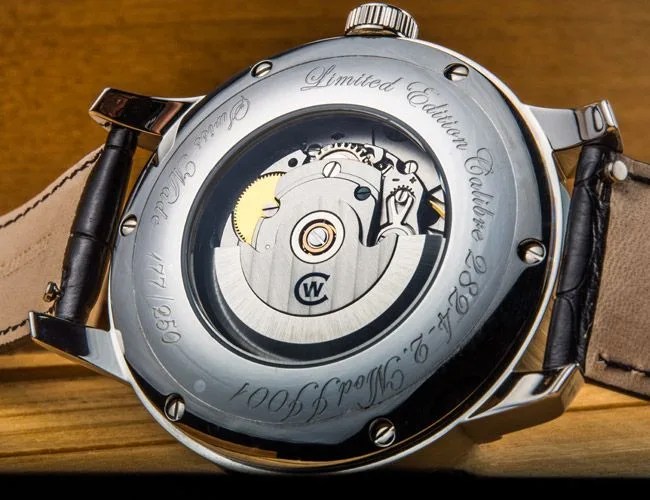England has a long and illustrious history in timekeeping, from Thomas Mudge’s invention of the lever escapement, to John Harrison’s first marine chronometer to modern day heroes like the late George Daniels and his protege (and the man who carries England’s watchmaking torch), Roger Smith. But large-scale production of watches in Old Blighty foundered on the same rocks that wrecked the Swiss industry in the 1970s; the last great British brands, Smiths, Cabot and Precista either went defunct or now exist in name only, mere shadows of their former selves.
But Anglophile watch lovers needn’t despair. In recent years there has been a renaissance of British watchmaking, resulting in stellar timepieces with distinctive style and high quality — fine alternatives to the offerings from the Continent or the Far East.
The three watch companies at the vanguard of this British renaissance — Bremont, Christopher Ward and Schofield — represent very different approaches, price points and designs. Yet they share one thing: a distinctively British take on the wristwatch. We spent some time with each to establish a solid cross section of timepieces from across the pond. Put the kettle on and settle in for our impressions.

Bremont U-2 Blue
4 photos
Of the watch companies leading the resurgence of timekeeping in England, Bremont is unquestionably the best known, thanks to an engaging genesis story, great marketing and high-quality timepieces. Though the Henley-on-Thames-based brand is barely over ten years old, it has enjoyed meteoric success, winning awards for design and excellence and the favor of celebrities from Orlando Bloom to Bear Grylls — one was even on the wrist of the “Queen” when she parachuted into the London Olympic stadium in 2012. Bremont takes the “Made in England” moniker seriously. It has moved all of its production to England and closed its old factory in Switzerland. And while the company still makes use of Swiss movements in its watches, they are heavily breathed upon in England and housed in English cases.
The Bremont we chose to for testing was the U-2. The watch is not named for the Irish rock band but for the legendary spy plane built by Lockheed in the 1960s and still used by the American CIA. We’re wary of tenuous co-branding; there are countless watches named for fighter jets and race cars. But in this case, Bremont gets a pass. The elite U-2 pilots’ squadron, based in Beale, California, approached Bremont for a special version. Who are we to argue with those guys?
Tick List

